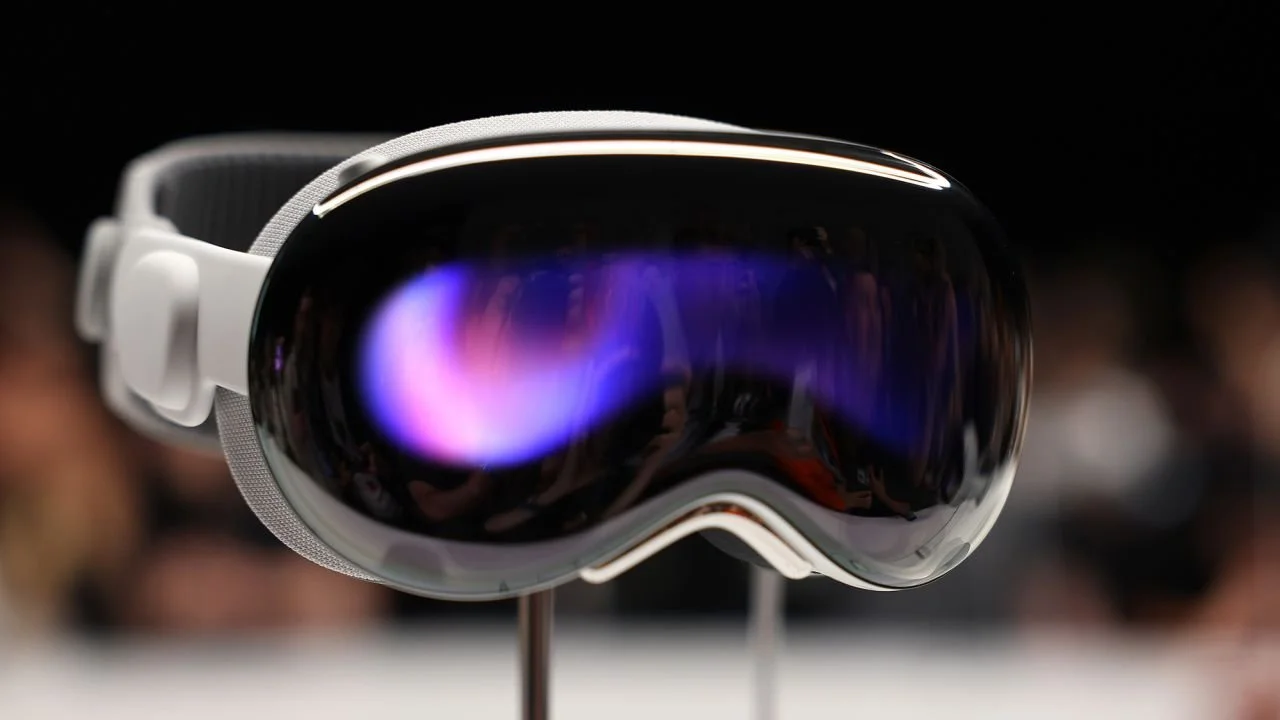Yes, but Why?
Make no mistake, the Apple Vision Pro is an absolute masterpiece of engineering. (Though, why they didn’t call it the iMask is beyond me.) It is a symphony of software and industrial design working hand-in-hand to create something new, profound, and, depending on your comfort in wearing ski goggles indoors, very cool. It clears up the mistakes made by Google Glass (too limited) and Oculus (cheaply made) while creating a new segment in the marketplace. As is typical of Apple, it’s over-engineered, intuitive, and built incredibly well. Like the iMac, iPod, and iPhone before it, this device will be the category leader.
But let’s be clear: do not buy the Apple Vision Pro.
You don’t need it, and with its insanely high price tag, it won’t benefit your life in any meaningful way outside of making your wallet significantly lighter. The iMac took personal computing and made it personal again with an all-in-one form factor and easy-to-use software that was tailor-made for computing newbies in the late 90s. The iPod did as it promised and put 1,000 songs in your pocket. And the iPhone put the internet in your hands while systematically changing how we live.
Apple has always been excellent at solving problems we didn’t even know we had. They used Gretzky’s adage of “skate to where the puck will be” and created world-class products that redefined how we used technology and, debatably, made our lives easier. But the Vision Pro doesn’t solve a problem. Since its announcement earlier this week, I’ve tried to figure out not only what it’s for but who it’s for, and I’m coming up blank.
Gamers? Maybe, but there are far cheaper headsets that do just as good a job. Remote workers? Possibly, though, Apple’s film showcasing a woman working from home while wearing the headset did the opposite of its intention and convinced me I’d never wear that thing for video conferences. Movie enthusiasts? Admittedly, the idea of having a private 100-foot screen at your disposal is an incredible idea, but how often is anyone truly going to use that feature, especially when you can just as easily watch a movie on a $400 iPad during a flight, or on an 85” television at home for less than half the price of the Vision Pro.
I read Ready Player One. The idea of putting on a headset and haptic suit and entering a virtual world sounds amazing - lonely and disconnected, but amazing. But the Vision Pro isn’t that. It may be a small step toward that future, but it is genuinely an augmented reality headset rather than a fully immersive one.
With that said, there are some truly groundbreaking uses that future Vision Pros could introduce that would get me interested.
AR Driving - Imagine putting on a headset and using it while driving. Augmented reality can show you upcoming turns, highlight roads, and present real-time updates on road conditions. For instance, while driving at night, the AR will alert you to a pothole in the road, or use the external cameras to highlight a herd of deer on the road up ahead. Additionally, having a faint line of the road using your GPS routing will help make directions easier to engage with. Though, with the push for driverless cars, we’ll see if these use cases ever truly bare out.
Meditation - I’ve long been an advocate for mindfulness and meditation, and Apple has shown the Apple Vision Pro as a tool for tuning out the world during similar exercises. But, part of what helps meditation is disconnecting from everything. If Apple can reduce the weight and form factor of the device so that it doesn’t feel like there’s a brick stapled to your forehead, I can see the benefits of using it during mindfulness sessions.
Industrial Design - There’s a scene in Iron Man 2 where Tony Stark manipulates holograms with his hands to make changes to his suit. It’s a nifty idea, especially when designing and building something requires the creator to see all angles of a project quickly and easily. A future iteration of the Vision Pro could help accomplish this. While one of the selling points of the Vision Pro is the use of gestures and eye movement, adding user-interaction gloves to affect 3D objects in virtual space can make this product a must for industrial designers across the board.
You don’t need the Vision Pro. At least not yet. The technology is very cool. The world it is pushing us toward might be very different than the one we’re currently in. And there are some truly awesome possibilities about where it can take us. But we aren’t there yet, and a $3,500 price tag means most of us can’t take the ride anyway.

